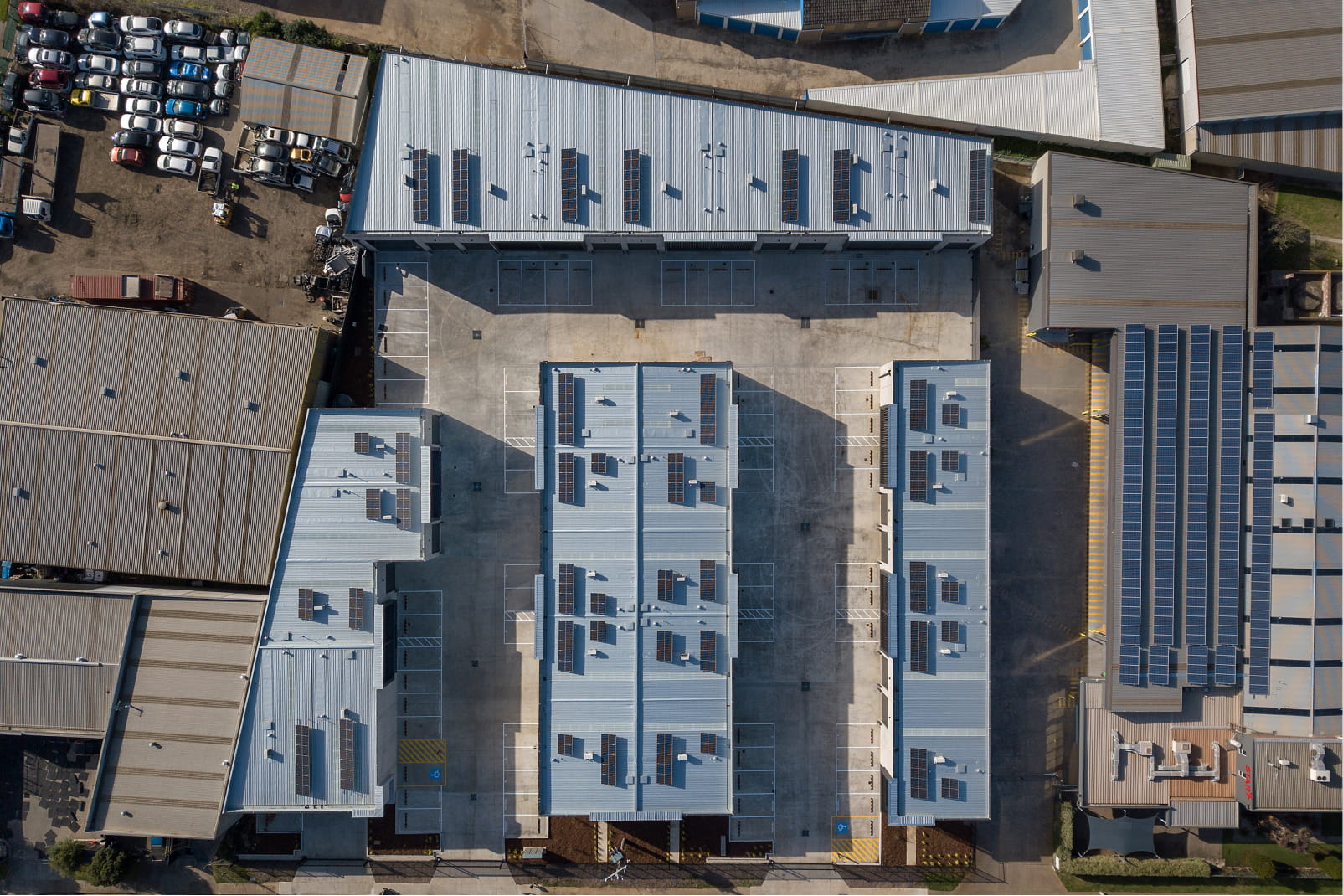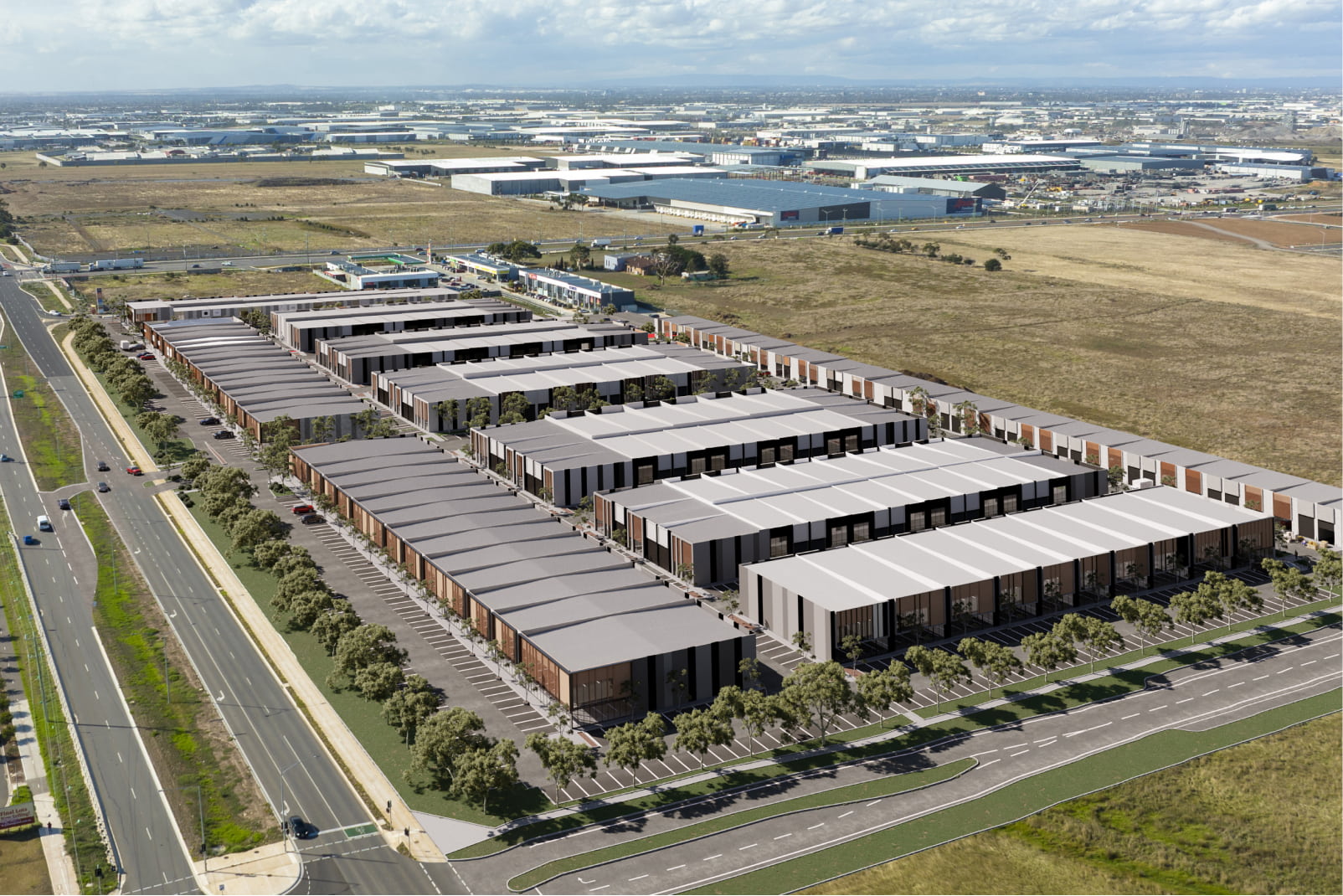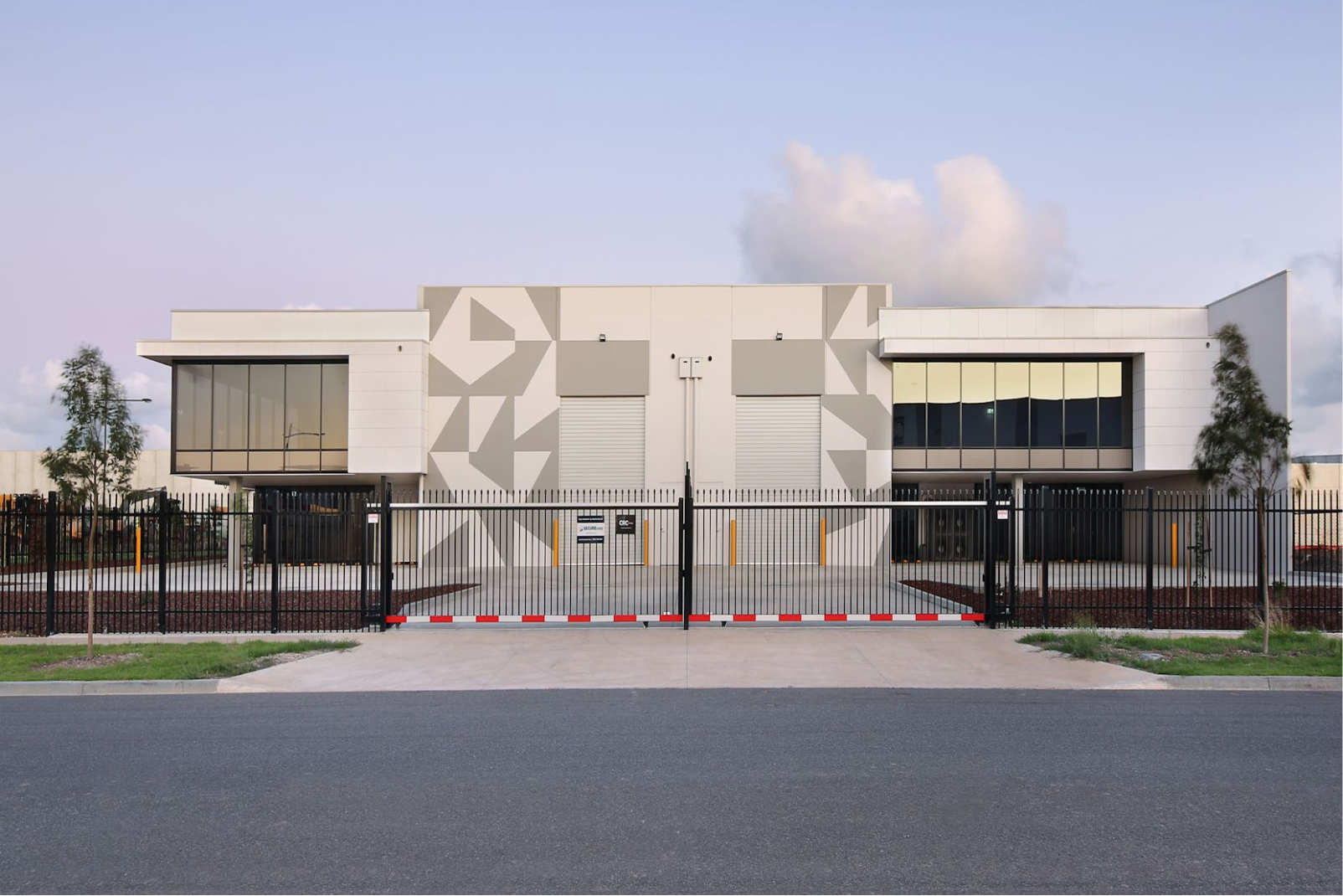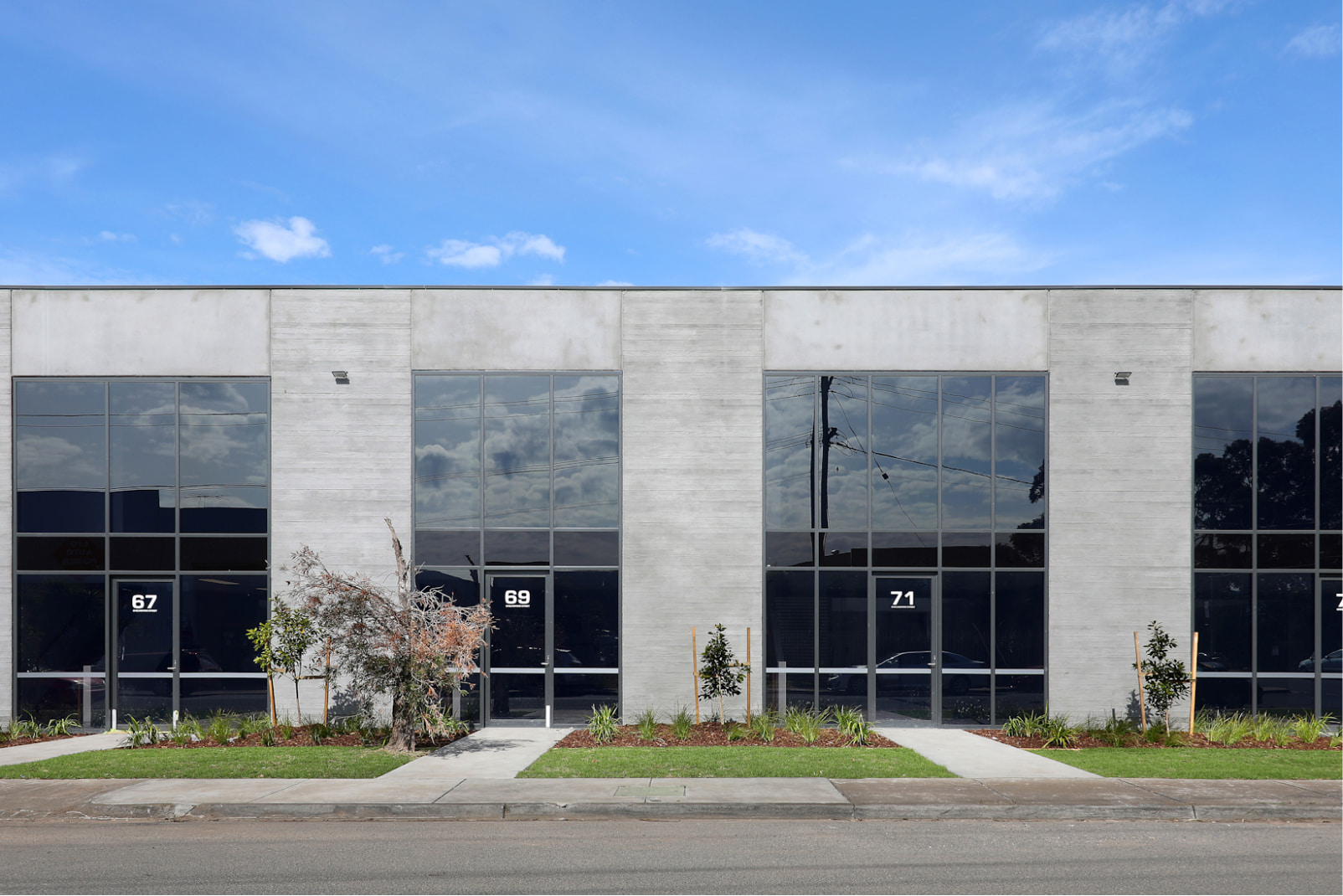







Warehouses are no longer viewed as shells or dead spaces, but as liveable, breathable, and dynamic spaces that are utilized for a wide range of purposes including e-commerce, supply chain, logistics, and distribution purposes; and by professionals such as accountants, lawyers, and hairdressers.
Perhaps not surprisingly, since the pandemic demand for warehouses has increased exponentially mainly in response to meeting the demands of e-commerce and the shift from Just-in-Time manufacturing to warehousing of resources and supplies owing to supply chain and logistic problems, exorbitant energy cost increases, climatic disasters, and the war in Europe.
For SMEs, warehouses provide huge benefits including flexibility of application, and proximity to arterial routes, ports, major cities, and not to mention residential areas. Increasingly, people are wanting to work from home of within a 15–20-minute radius from their homes.
Warehouses are preferred over-and-above shop fronts because of these benefits. Shopfronts are restricted in their use as they neither have the square meterage nor advantage of being surrounded by a diverse ecosystem of SMEs that comprise a business park or hub. Businesses thrive on diversity which in turn attracts many different types of markets and associated opportunities.
Nowadays, warehouses are architecturally and tastefully designed to meet the needs of savvy owners and occupiers. Ease of access, located in suburban areas, and availability car parking inter alia is an attraction for customers.
Could these factors be the prime reasons why all our projects have been 100% sold prior to completion?
